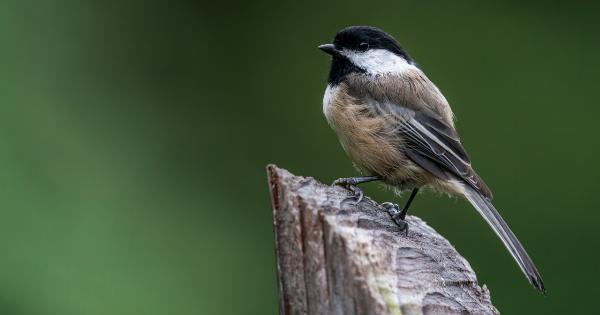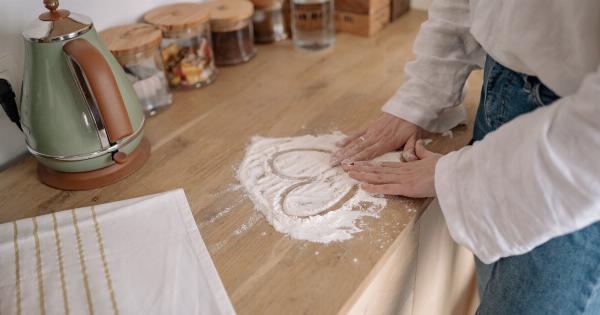Food is not only a source of nourishment but also a medium for artistic expression. Chefs and food enthusiasts around the world often create dishes that resemble various objects or even human organs.
In this article, we will take you on a visual journey through ten amazing pictures of food that looks like human organs. Prepare yourself for a fascinating exploration of the intersection between culinary creativity and anatomical resemblance!.
1. Tomato Heart
The vibrant red color, unique texture, and intricate design of a tomato make it a perfect candidate for creating a realistic representation of the human heart.
Tomato slices arranged in a heart shape can be found in menus of experimental cuisines, symbolizing love, passion, and vitality.
2. Strawberry Brain
Strawberries, with their convoluted shape and wrinkled surface, bear a striking resemblance to the human brain.
Many dessert artists have ingeniously transformed these sweet berries into intricate brain-like structures, often using chocolate or sugar decorations to enhance the effect.
3. Radish Kidneys
The robust flavor and crunchy texture of radishes make them popular choices for carving intricate designs. When sliced into thin layers and arranged, radishes can resemble the shape and texture of human kidneys.
These radish kidneys often find their way into gourmet salads or as garnishes for savory dishes.
4. Carrot Fingers
Carrots, with their long, slender shape and pointy tips, can be crafted into realistic-looking fingers. Paired with dips or sauces, these edible fingers are often served as appetizers during Halloween or other spooky themed events.
5. Beet Stomach
Beets, with their natural deep red color, can be carved and shaped to resemble the human stomach organ. The intricate folds and crevices on the surface of a beet lend themselves well to mimicking the complex structure of the stomach.
6. Cauliflower Brain
When cauliflower is meticulously separated into tiny florets, it bears a remarkable resemblance to the intricate structure of the human brain.
White or colored cauliflower can be used to create visually striking brain-like presentations, often served as an avant-garde side dish or as a unique centerpiece in experimental culinary creations.
7. Walnut Brain
The convoluted shape and intricate folds of a walnut shell closely resemble the external structure of the human brain. When the shell is cracked open, the brain-like appearance becomes even more apparent.
Walnuts are a healthy and delicious snack, offering a unique visual experience alongside their nutritional benefits.
8. Orange Lung
Oranges, with their segmented structure, can be creatively carved and arranged to mimic the internal structure of lungs. This visually stunning display can be found in fruit platters or as a decorative element in exotic fruity cocktails.
9. Mushroom Ear
Mushrooms come in a variety of shapes and sizes, making them a versatile ingredient for culinary creations. With their rounded cap and stalk, certain mushroom varieties can resemble the shape and texture of the human ear.
When carefully cooked and plated, these mushroom ears make for a visually intriguing addition to any dish.
10. Chocolate Intestines
Chocolate, known for its malleability and rich taste, can be molded and shaped to resemble the winding structure of intestines. Chocolatiers and dessert artisans often create lifelike representations of intestines using intricate piping techniques.
These chocolate intestines are delectable treats for those with a taste for the macabre.






























